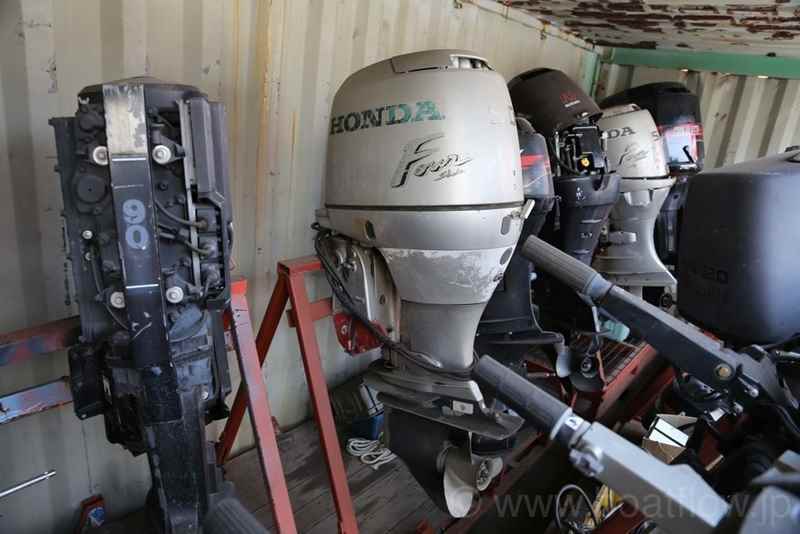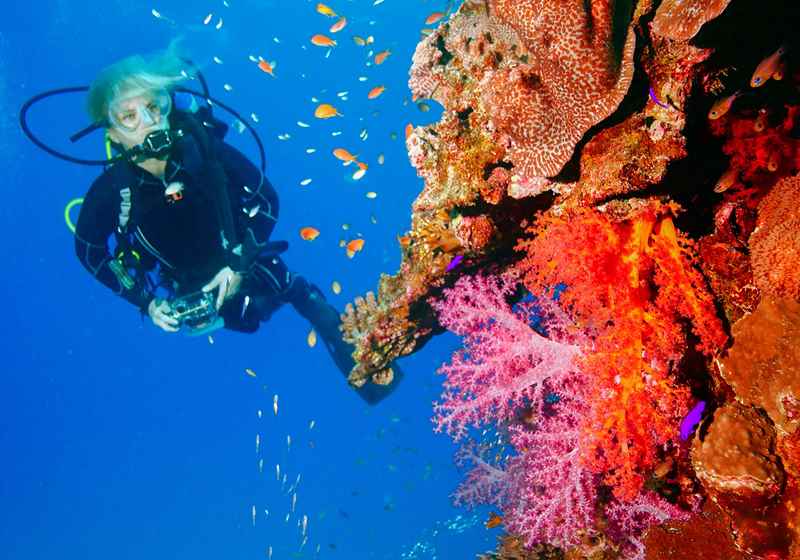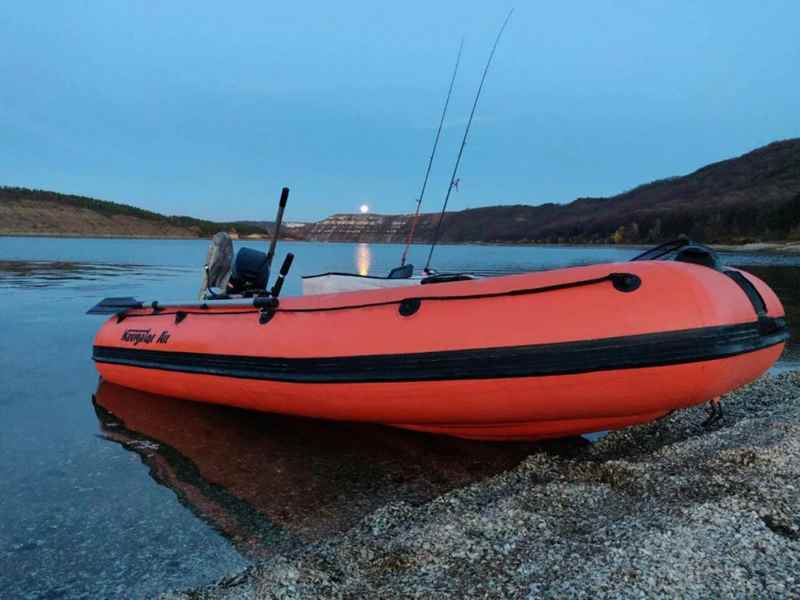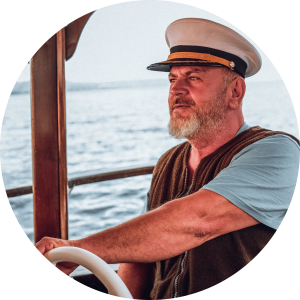Table of Contents
The electrification trend is not limited to cars as it is also making waves in the boating industry. Electrification is becoming a key focus for many boat manufacturers, with companies like Brunswick leading the way in developing electric powertrain options. The electric boat market is projected to double by 2030, driving the need for advancements in battery technology and cost reduction. Alongside electrification, sustainable fuel options like e-fuels and hydrogen power are gaining traction as well, offering eco-friendly alternatives for boating enthusiasts.
Key Takeaways:
- Electric boats and hybrid propulsion systems are becoming increasingly popular in the boating industry.
- Advancements in battery technology and cost reduction are driving the growth of the electric boat market.
- Sustainable fuel options like e-fuels and hydrogen power are providing eco-friendly alternatives for boating enthusiasts.
- Boat manufacturers like Brunswick are leading the way in developing electric powertrain options.
- The future of sustainable boating lies in the integration of electric boats and smart boat systems.
The Growing Market for Electric Boats
The global recreational boat market is experiencing significant growth, with a projected increase of nearly 40% over the next five years. This growth is driven by the demand for eco-friendly solutions and government subsidies promoting sustainability in the marine industry. Companies like Brunswick Corporation, one of the largest boat manufacturers globally, are at the forefront of electrification efforts. Experts predict that the electric boat market will more than double by 2030, creating a $4.4 billion industry and doubling sales. However, the high cost of propulsion electrification and battery technology remains a barrier for widespread consumer adoption.
As consumers increasingly prioritize sustainability and environmental stewardship, the demand for electric boats is set to rise.Electrification in the marine industry offers numerous advantages, including reduced noise pollution, lower emissions, and greater efficiency compared to traditional fossil fuel-powered boats. This shift towards electrification aligns with the global effort to combat climate change and reduce dependence on non-renewable energy sources.
Despite the growing market, the high upfront costs associated with electric boats pose a challenge for many potential buyers. The technology and infrastructure required for electric propulsion systems, including batteries and charging stations, contribute to the higher price point. Additionally, range anxiety and limited charging infrastructure availability can be deterrents for boaters considering the switch to electric. Overcoming these barriers will require continued investments in research and development, technological advancements, and the expansion of fast charging infrastructure along coastlines and waterways.
| Key Points | Market Growth Projections |
| Global recreational boat market | Nearly 40% increase over the next five years |
| Electrification in the marine industry | Projected to more than double by 2030 |
| Brunswick Corporation | Leading the way in electrification efforts |
| High cost of propulsion electrification and battery technology | Barrier for widespread consumer adoption |
Beyond Electrification: E-fuels and Hydrogen Power
In addition to electrification, e-fuels and hydrogen power are emerging as viable alternatives to traditional fossil fuel-powered boats. E-fuels are synthesized fuels that are sustainably produced and have a minimal carbon footprint. When used in gas or diesel-powered motors, e-fuels offer a carbon-neutral solution. Hydrogen fuel cell powertrains provide clean, powerful propulsion options for both consumer and commercial boating. These technologies are especially valuable for larger cargo ships and power boats, where the energy density requirements are high. The adoption of e-fuels and hydrogen power in the boating industry is driven by the need for long-range capabilities and reduced environmental impact.
“E-fuels and hydrogen power offer significant advantages for sustainable boating practices. E-fuels, such as synthetic methanol or ammonia, can be produced using renewable energy sources, reducing reliance on fossil fuels. These sustainable liquid fuels can be used in existing gas or diesel engines with minimal modifications, providing a practical solution for boaters. Hydrogen fuel cell powertrains, on the other hand, offer zero-emission propulsion and longer range capabilities. By converting hydrogen into electricity through a chemical reaction, these powertrains provide a clean and efficient alternative for boaters looking to minimize their environmental impact.”
The use of e-fuels and hydrogen power in the boating industry has several advantages. Firstly, they offer a pathway towards decarbonization, reducing greenhouse gas emissions and contributing to cleaner air and waterways. Secondly, these alternative fuels provide greater energy efficiency compared to traditional fossil fuels, resulting in longer-range capabilities for boaters. Thirdly, e-fuels and hydrogen power can effectively address the challenge of fast refueling, allowing boaters to enjoy uninterrupted journeys without the need for lengthy charging or refueling stops.
The Benefits of E-fuels and Hydrogen Power:
- Reduced carbon emissions
- Longer range capabilities
- Energy efficiency
- Fast refueling
- Minimal modifications for existing engines
As the boating industry continues to prioritize sustainability, the adoption of e-fuels and hydrogen power is expected to increase. These alternative fuels provide a promising future for boaters who seek both enjoyable and eco-friendly experiences on the water.
Innovations in Electric Boat Technology
Several boat manufacturers are at the forefront of electric boat technology, introducing innovative models that offer performance, sustainability, and efficiency. These advancements are driving the transition towards electric boating and providing boaters with exciting options to explore the waters while reducing their environmental impact.
One notable example is the Nautique Super Air GS22E, the world’s first fully electric towboat. Designed for watersports enthusiasts, this electric boat delivers eco-friendly alternatives without compromising on performance or functionality. With its electric powertrain, the Nautique Super Air GS22E offers a silent and emission-free experience, allowing riders to enjoy their favorite water activities while preserving the tranquility of the surroundings.
Another remarkable electric boat model is the Princecraft Brio E 210-2S. This revamped electric pontoon series combines balance, lightweight construction, and multiple power options for enhanced range and efficiency. Boaters can choose from different power configurations, including a fully electric setup, ensuring a customizable and sustainable boating experience.
The Rand Escape 30 Flagship is another noteworthy electric boat that caters to luxury-seeking boaters. This boat offers a range of power options, including electric, diesel, or gasoline, providing flexibility and adaptability for various boating needs. Equipped with advanced control systems, the Rand Escape 30 Flagship ensures a smooth and comfortable ride, while minimizing the environmental impact.
| Electric Boat Model | Main Features |
| Nautique Super Air GS22E | Fully electric towboat for watersports |
| Princecraft Brio E 210-2S | Revamped electric pontoon series with customizable power options |
| Rand Escape 30 Flagship | Luxurious electric boat with multiple power choices and advanced control systems |
| Vision Marine Technologies Volt 180 | High-speed electric boat with open-electric-hull design for a silent and emission-free experience |
| X Shore Eelex 8000 | Minimalistic electric boat designed for emission-free cruising |
Vision Marine Technologies introduces the Volt 180, which combines high-speed performance with a sleek design and zero emissions. Its open-electric-hull design ensures a quiet and smooth ride, allowing boaters to connect with nature and enjoy their surroundings. This electric boat is a testament to the advancements in electric propulsion, demonstrating that sustainable boating can also be thrilling and exhilarating.
Lastly, the X Shore Eelex 8000 embraces minimalism and simplicity, offering boaters an immersive and blissful experience on the water. With its emission-free operation and thoughtful design, the X Shore Eelex 8000 allows boaters to navigate through nature without leaving a trace.
These electric boat models are just a glimpse of the technological innovations that are transforming the boating industry. As boat manufacturers continue to push boundaries and invest in sustainable solutions, the future of electric boating looks promising, providing boaters with eco-friendly alternatives that don’t compromise on performance and style.
Hydrofoils and Advanced Control Systems
Hydrofoil technology is revolutionizing the boating industry, offering enhanced speed and efficiency. Hydrofoils, which are wings mounted under the boat’s hull, lift the vessel out of the water, reducing drag and allowing for smoother navigation. This futuristic boat design allows electric boats to achieve speeds and distances comparable to, or even better than, traditional fossil fuel-powered boats. The use of hydrofoils in electric boats offers a more sustainable and eco-friendly solution for boating enthusiasts.
One of the key advantages of hydrofoil technology is the ability to control the ride and optimize performance. Advanced control systems monitor speed, height above the water, and forces during turns, ensuring optimal lifting power of the foils. This technology enables a smooth and efficient ride, even in challenging water conditions. By utilizing hydrofoil ride control, electric boats can provide an exceptional on-water experience, combining speed, stability, and reduced environmental impact.
Several boat manufacturers have embraced hydrofoil technology in their electric boat designs. Companies such as Tyde Yachts, Candela, Enata, and Edorado have incorporated hydrofoils into their models, showcasing the significant potential of this innovation. These hydrofoil-equipped electric boats offer exceptional performance, enhanced range, and a futuristic aesthetic, attracting boaters who value both sustainability and cutting-edge design.
In summary, hydrofoil technology presents an exciting frontier in the field of electric boats. By utilizing hydrofoils and advanced control systems, electric boat manufacturers are pushing the boundaries of speed, efficiency, and sustainability. With the combination of hydrofoil ride control, futuristic designs, and eco-conscious propulsion, electric boats are transforming the boating industry and offering a promising future for sustainable watercraft.
Fast Charging Infrastructure
The development of fast charging infrastructure is a critical factor in the widespread adoption of electric boats. As the demand for electric boating increases, the need for efficient and accessible charging solutions becomes more pronounced. Stand-alone charging stations, which are independent of land-based electricity grids, offer a promising solution for boaters. These charging stations can source their own electricity from fuel cells or solar power, creating a self-sustaining network along boating routes. By reducing reliance on traditional grid infrastructure, stand-alone charging stations provide boaters with greater flexibility and convenience.
Companies like Nortvolt, Aqua Super Power, and Plug are leading the way in installing fast chargers along coastlines and waterways. These chargers offer rapid charging capabilities, allowing boaters to recharge their electric boat batteries quickly and efficiently. The use of energy-efficient charging options not only reduces the charging time but also minimizes the impact on the environment. This aligns with the overall goal of sustainable boating practices and ensures that electric boaters can enjoy their time on the water without lengthy downtime for charging.
One notable advancement in fast charging infrastructure is the Nortvolt Voltpack. This innovative battery pack can charge itself from various sources, making it highly versatile and energy-efficient. The Nortvolt Voltpack ensures that boaters have reliable power on-demand, regardless of their location. With the increasing availability of fast charging stations and the advancements in energy storage technology, the convenience and accessibility of electric boating continue to improve.
Advanced Drive Trains
As the demand for electric boats continues to rise, boat manufacturers are partnering with technology companies to optimize drive train systems, leading to significant advancements in performance and efficiency. Through collaboration, boat manufacturers can leverage the expertise of technology companies to integrate electric motors and components seamlessly into their designs, resulting in enhanced propulsion and range capabilities.
One example of this collaboration is the partnership between Frauscher and X-Shore. Frauscher has joined forces with Polestar, an electric car manufacturer, to incorporate state-of-the-art electric motors, gearboxes, and inverters into their electric boat models. This integration ensures high-quality performance and efficiency, providing a seamless on-water experience for boaters.
Advancements in electric motor performance have also contributed to the optimization of drive train systems. With improved power delivery and torque characteristics, electric motors are now capable of delivering top speeds and acceleration comparable to or even better than fossil fuel-powered boats. These advancements have solidified the position of electric boats as a viable alternative in the boating industry.
Conclusion
The boating industry is sailing into a new era with the advent of electric and hybrid boats, setting a course for sustainability. Among these, the X Shore brand has been making waves with its commitment to eco-friendly marine travel. The X Shore boat is more than just a vessel; it’s a statement of environmental responsibility and cutting-edge technology.
The propulsion of these vessels relies on electric motors, which offer a silent and emission-free journey across the water. This technology is akin to that found in electric vehicles on land, which have already begun to revolutionize transportation with their efficiency and low carbon footprint. An electric motor is not only cleaner but also requires less maintenance compared to traditional internal combustion engines, making them an attractive option for boaters.
The concept of the powered boat has evolved significantly with the introduction of electricity as a power source. Electric ferries are starting to ply ferry routes, offering a cleaner alternative for passenger transport over water. Meanwhile, Vision Marine Technologies is at the forefront of this innovation, integrating advanced marine technologies into their designs to enhance performance and sustainability.
The Duffy electric boat is another example of how electric boats are gaining popularity. Known for their quiet operation and zero emissions, Duffy boats offer a unique boating experience, often tagged on social media with #duffyboat and #duffylife. These vessels are perfect for leisurely cruises and have become synonymous with a new, eco-conscious approach to boating.
The electric outboard market is also expanding, providing options for those who wish to convert their existing boats to electric power. This segment’s growth is supported by improvements in electric motors and battery technologies, such as lithium boat batteries, which offer longer ranges and faster charging times.
Boat shows around the world, including the prestigious Cannes Yachting Festival, are showcasing a greater number of electric and hybrid models, indicating a significant shift in the industry. Companies like X Shore are presenting their latest shore boats and crafts, highlighting the seamless blend of luxury and sustainability.
Powered boats, once dominated by gasoline and diesel engines, are now sharing the market with electric alternatives. The trend towards electric catamarans, pontoons, and even large vessels like the largest electric cruise ship is accelerating, promising a future where boating adventures can be enjoyed without harming the environment.
In summary, the rise of electric and hybrid boats, from the sleek X Shore craft to the homey Duffy snug harbor 18, represents the boating industry’s commitment to sustainable practices. With advancements in electric motors, marine technologies, and increasing consumer interest, the future of boating looks bright and green. As we move forward, the integration of renewable energy sources like solar panels on solar boats may further enhance the sustainability of these vessels, ensuring that our waterways remain as pristine as the enjoyment they provide.
FAQ
What is the projected growth of the electric boat market?
Experts predict that the electric boat market will more than double by 2030, creating a $4.4 billion industry and doubling sales.
What are e-fuels?
E-fuels are synthesized fuels that are sustainably produced and have a minimal carbon footprint. When used in gas or diesel-powered motors, e-fuels offer a carbon-neutral solution.
What is hydrogen fuel cell power?
Hydrogen fuel cell powertrains provide clean, powerful propulsion options for both consumer and commercial boating. They utilize the chemical reaction between hydrogen and oxygen to generate electricity and produce water as a byproduct.
Which boat manufacturers are leading the way in electric boat technology?
Companies like Brunswick Corporation, Nautique, Princecraft, Rand, Vision Marine Technologies, and X Shore are among the boat manufacturers developing innovative electric boat models.
What is hydrofoil technology?
Hydrofoils are wings mounted under the boat’s hull, lifting the vessel out of the water and reducing drag. This technology enhances speed and efficiency by optimizing the lifting power of the foils for a smooth and efficient ride.
How is fast charging infrastructure being developed for electric boats?
Stand-alone charging stations that source their own electricity from fuel cells or solar power are being installed along coastlines and waterways. Companies like Nortvolt, Aqua Super Power, and Plug are leading the way in developing fast chargers for electric boats.
What advancements have been made in drive train systems for electric boats?
Boat manufacturers like Frauscher and X-Shore are utilizing state-of-the-art electric motors, gearboxes, and inverters to enhance performance and efficiency in their electric boat models. They are also collaborating with technology companies to ensure the highest quality and performance in their drive train systems.
What is the future of sustainable boating?
The future of sustainable boating lies in the adoption of electric boats and hybrid propulsion systems. Advancements in technology, such as e-fuels, hydrogen power, hydrofoils, and advanced control systems, are driving the shift towards sustainability in the marine industry. With the integration of fast charging infrastructure and advanced drive train systems, electric boats have the potential to become the standard in boating, contributing to a greener future for our oceans and waterways.












